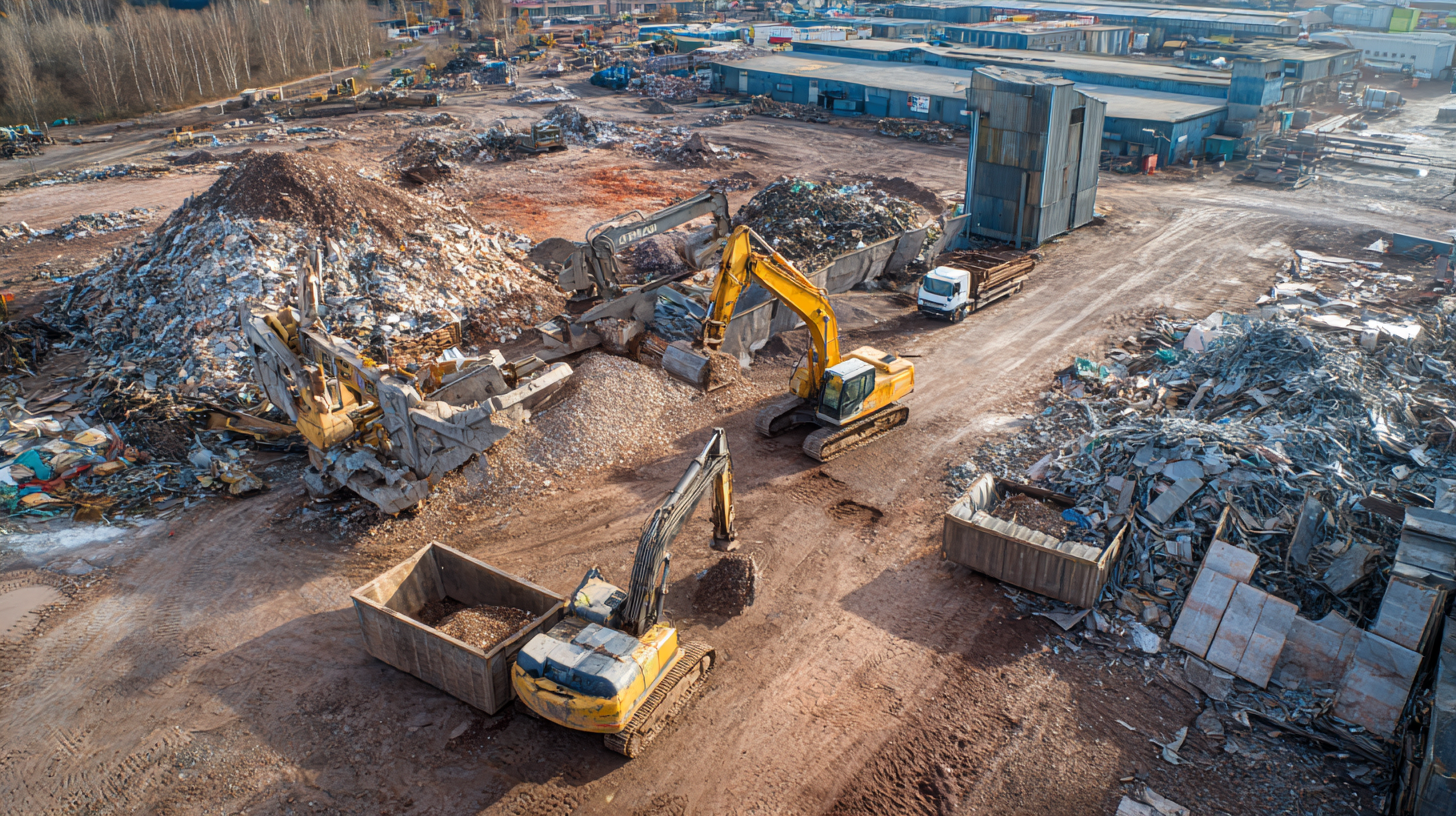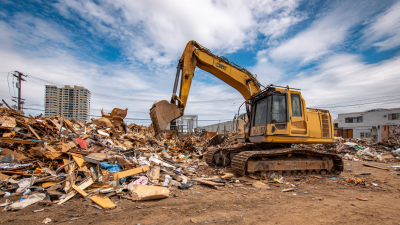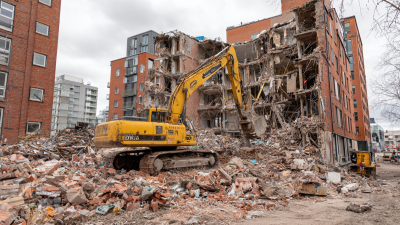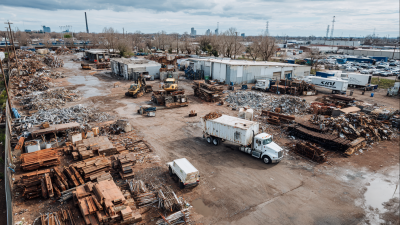How to Effectively Implement Building Waste Recycling Solutions in Your Projects
The construction industry is a significant contributor to waste generation, with estimates suggesting that it accounts for approximately 30% of global waste production. As urbanization accelerates, the urgent need for sustainable practices has never been more critical.
Building Waste Recycling has emerged as a pivotal solution, not only to mitigate environmental impacts but also to enhance project efficiency and reduce costs. According to a report by the World Economic Forum, effective recycling of construction and demolition waste can lead to savings of up to 70% in landfill costs and a reduction in raw material consumption by 30%. This robust framework for recycling can also enable firms to comply with increasingly stringent regulations, thereby positioning them favorably in a competitive market.
Implementing effective building waste recycling solutions in your projects is essential for fostering a sustainable future while contributing to economic growth within the construction sector.
Identifying Key Waste Materials for Effective Recycling in Construction Projects
In the pursuit of effective building waste recycling solutions, identifying key waste materials is crucial for construction projects.
Common construction waste, such as concrete, wood, metal, and drywall, can significantly impact project sustainability when not properly managed.
Concrete, for example, can be crushed and reused for new structural applications, reducing landfill overflow and the demand for virgin materials.
Similarly, salvaged wood can be repurposed for various uses, from flooring to decorative elements, promoting a circular economy within the construction industry.
Moreover, it is essential to establish a waste management plan early in the project lifecycle.
This includes assessing the types of materials expected to be discarded and creating strategies for their recovery and recycling.
Recognizing metal components like steel and aluminum, which have high scrap value, can incentivize contractors to prioritize their
separation and recycling. By systematically focusing on these key waste materials, construction projects can not only minimize
environmental impact but also enhance overall efficiency and reduce costs associated with new material procurement.
Developing a Waste Management Plan Tailored to Your Project's Needs
Developing an effective waste management plan is essential for the successful implementation of building waste recycling solutions in any construction project. To create a plan tailored to your project's specific needs, begin by conducting a thorough assessment of potential waste types generated during the construction process. This includes concrete, wood, metal, and cardboard, among others. Understanding the materials involved will help in identifying the most suitable recycling methods and local facilities capable of processing these materials.
Next, engage all stakeholders, including contractors, architects, and clients, in discussions about waste management goals. Establish clear communication channels to ensure everyone is on board with the recycling objectives. Setting measurable targets, such as waste diversion rates or specific recycling percentages, will help track progress and make necessary adjustments throughout the project's lifecycle. Additionally, providing training for workers on proper waste segregation and recycling practices can significantly enhance the effectiveness of the waste management plan, leading to a more sustainable and responsible construction process.
Building Waste Recycling Solutions: Project Waste Management
This chart illustrates the distribution of different types of building waste materials recycled in projects. Understanding these metrics can help in tailoring waste management plans effectively.
Choosing the Right Recycling Partners and Facilities for Construction Waste
Choosing the right recycling partners and facilities for construction waste is crucial for maximizing the efficiency of building waste recycling solutions. According to the National Waste and Recycling Association, construction and demolition (C&D) debris constitutes approximately 25-30% of the total waste generated in the United States. This figure highlights the importance of implementing effective recycling strategies that begin with selecting trustworthy and efficient partners in waste management.
When evaluating potential recycling facilities, consider their certification and capability to process various materials, such as concrete, metals, and wood. Facilities that are certified by organizations like the Leadership in Energy and Environmental Design (LEED) demonstrate compliance with high sustainability standards. Additionally, reviewing their track record and recycling capabilities can help ensure that your project aligns with regional recycling goals and waste diversion rates.
Tips for selecting the right recycling partners include:
- Prioritize facilities with a proven history of recycling C&D materials, ideally those that provide transparent reporting on recycling rates and diversion statistics.
- Engage in partnerships with local recyclers to potentially reduce transportation costs and environmental impact.
- Consider facilities that offer comprehensive services, including collection, sorting, and processing, to simplify your waste management logistics.
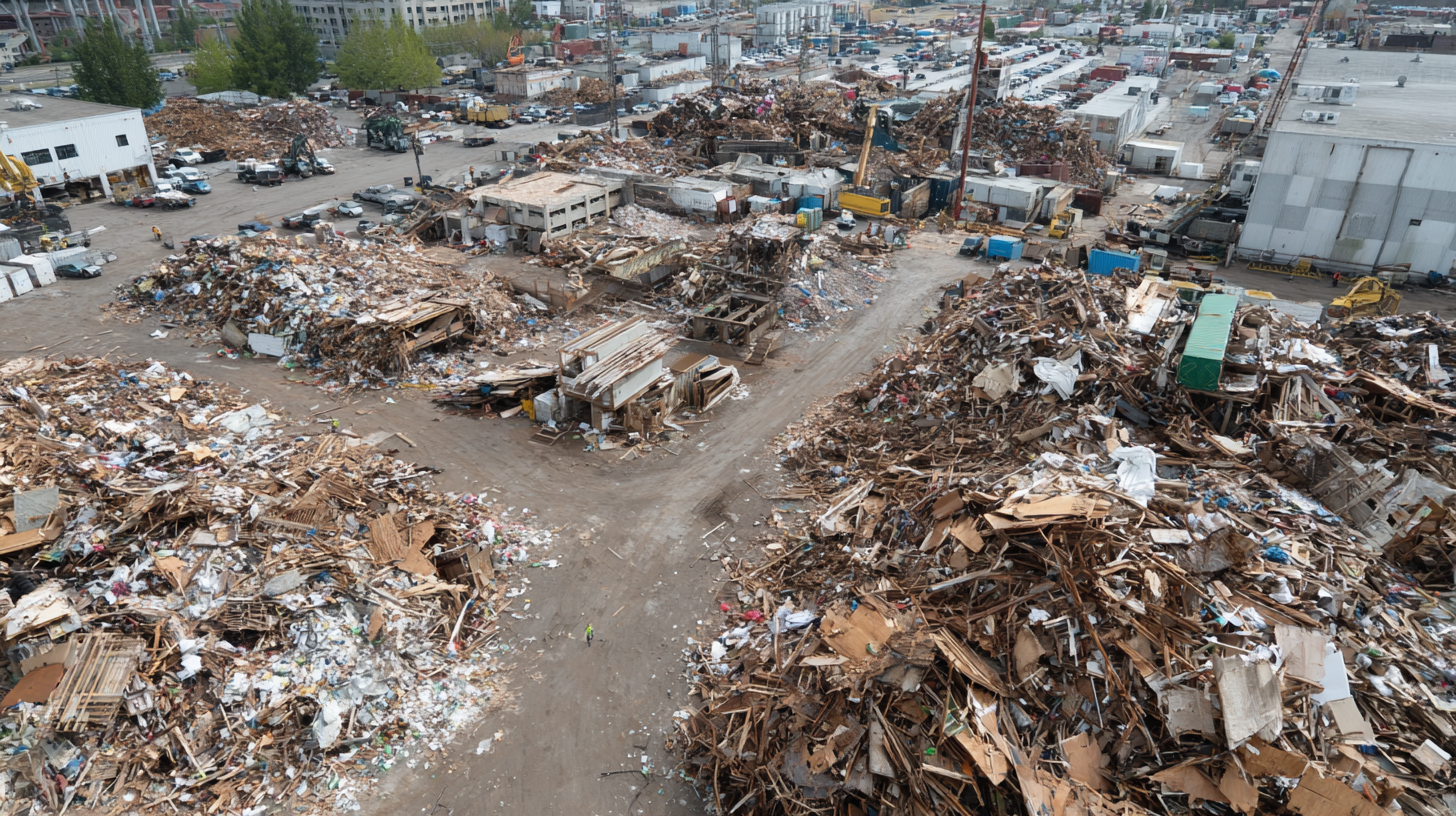
Implementing On-Site Sorting Practices to Maximize Recycling Efficiency
Implementing on-site sorting practices is crucial for maximizing recycling efficiency in construction projects. By incorporating dedicated sorting stations for different types of waste materials, such as wood, metal, concrete, and plastics, project managers can ensure that recyclable materials are promptly identified and processed. This not only facilitates recycling but also reduces the volume of waste sent to landfills. Additionally, training construction workers on the importance of waste segregation can significantly enhance participation and compliance, further increasing the effectiveness of these practices.
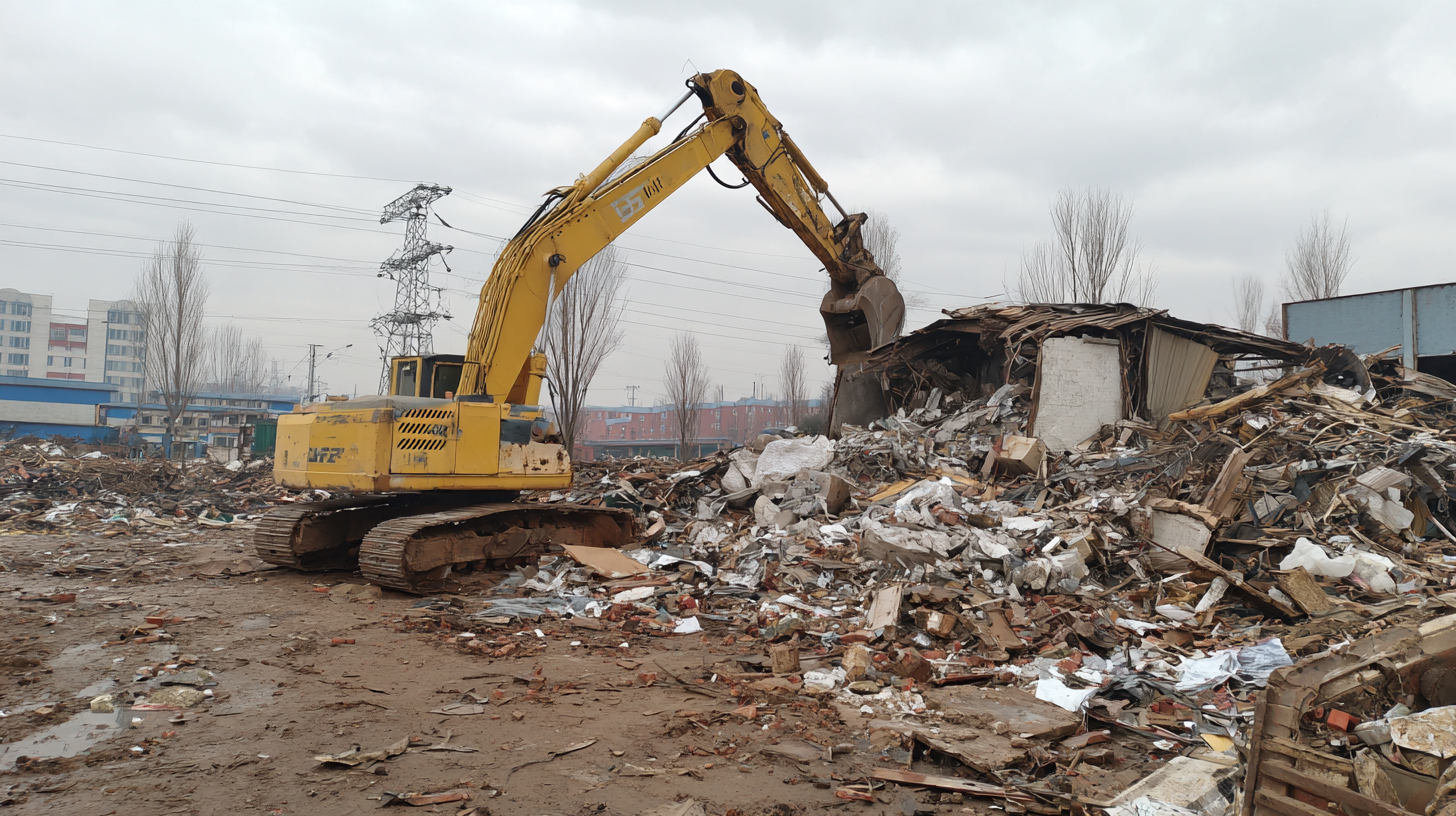
Moreover, the strategic placement of clearly labeled bins can guide workers in the proper disposal of materials. Regular inspections and feedback loops can help maintain the sorting process, ensuring that contaminants are minimized. By employing these on-site sorting solutions, construction teams can create a culture of sustainability, fostering awareness and responsibility toward waste management. Ultimately, this proactive approach not only benefits the environment but can also lead to cost savings and improved project timelines, as the recycling process becomes more streamlined and efficient.
Monitoring and Reporting on Recycling Outcomes to Ensure Continuous Improvement
To ensure the successful implementation of building waste recycling solutions, monitoring and reporting on recycling outcomes play crucial roles. These processes not only provide insights into the effectiveness of recycling initiatives but also highlight areas for continuous improvement. By regularly assessing recycling rates and the quality of sorted materials, project managers can identify challenges and streamline operations. This data-driven approach fosters accountability and encourages the adoption of best practices among teams.
**Tip:** Establish clear metrics for measuring recycling success, such as the percentage of waste diverted from landfills and materials recovered for reuse. Tracking these indicators allows for more informed decision-making and can motivate teams to enhance their recycling efforts over time.
Another essential aspect is to maintain transparent reporting systems that communicate recycling outcomes to all stakeholders. This can include regular updates on recycling achievements and any adjustments made in response to monitoring data. By fostering an environment of collaboration and shared objectives, everyone involved in the project can contribute to improving recycling performance.
**Tip:** Utilize digital tools and dashboards to present recycling data in an easily digestible format. Visualization can help stakeholders better understand progress and areas needing attention, ultimately driving a culture of continuous improvement in waste management practices.
How to Effectively Implement Building Waste Recycling Solutions in Your Projects - Monitoring and Reporting on Recycling Outcomes to Ensure Continuous Improvement
| Project Name |
Total Waste Generated (tons) |
Waste Recycled (tons) |
Recycling Percentage (%) |
Date of Reporting |
| Project A |
250 |
150 |
60 |
2023-09-15 |
| Project B |
300 |
180 |
60 |
2023-09-16 |
| Project C |
350 |
225 |
64.3 |
2023-09-17 |
| Project D |
275 |
130 |
47.3 |
2023-09-18 |
| Project E |
400 |
300 |
75 |
2023-09-19 |

Home
About Us
Products
 Concrete Mixing Plant
Concrete Mixing Plant
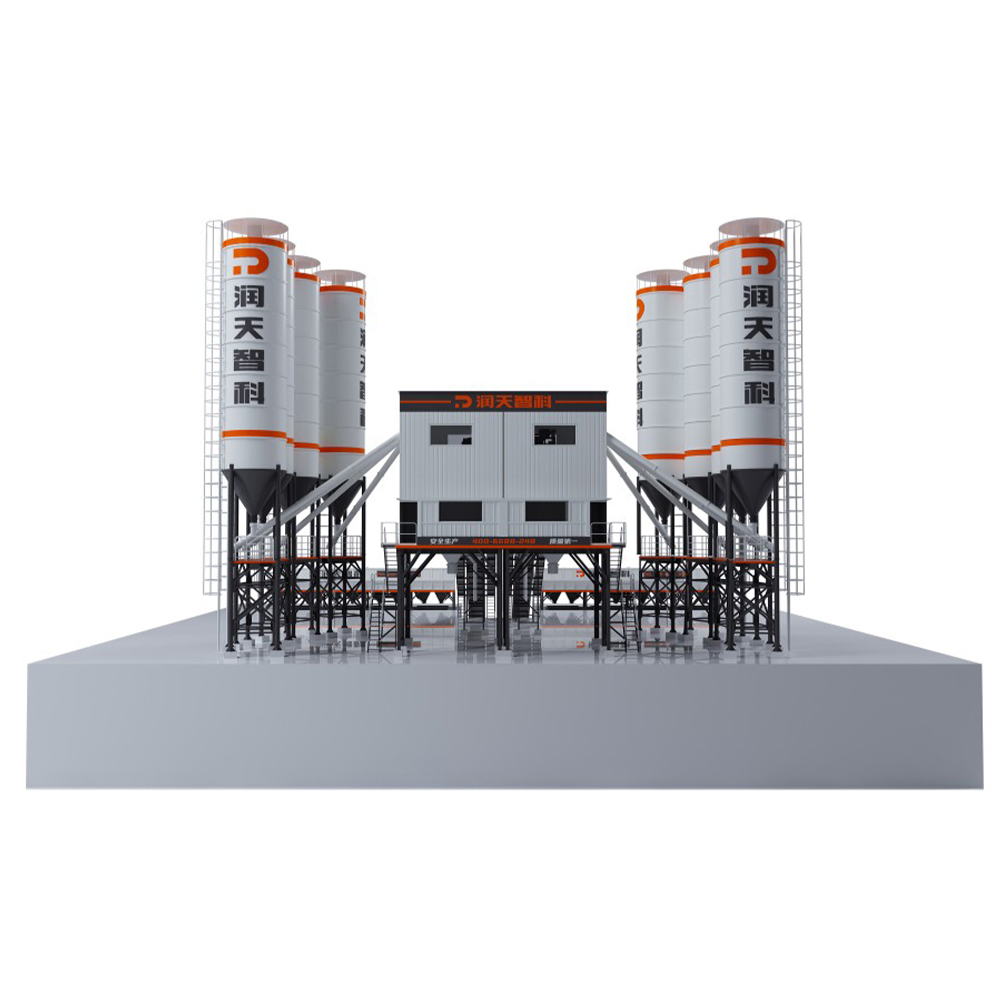 HZS Series Belt Concrete Mixing Plant
HZS Series Belt Concrete Mixing Plant
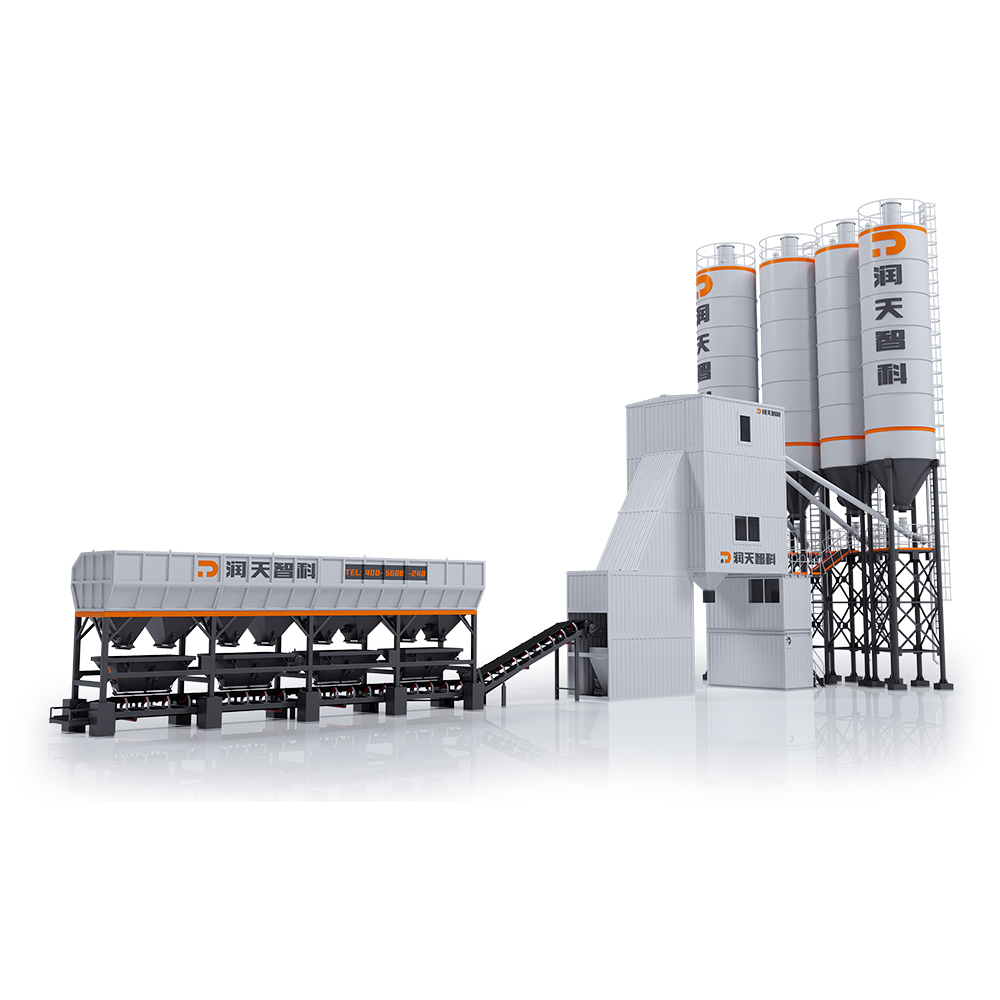 HZS Series Bucket-Lifting Type Container Concrete Mixing Plant
HZS Series Bucket-Lifting Type Container Concrete Mixing Plant
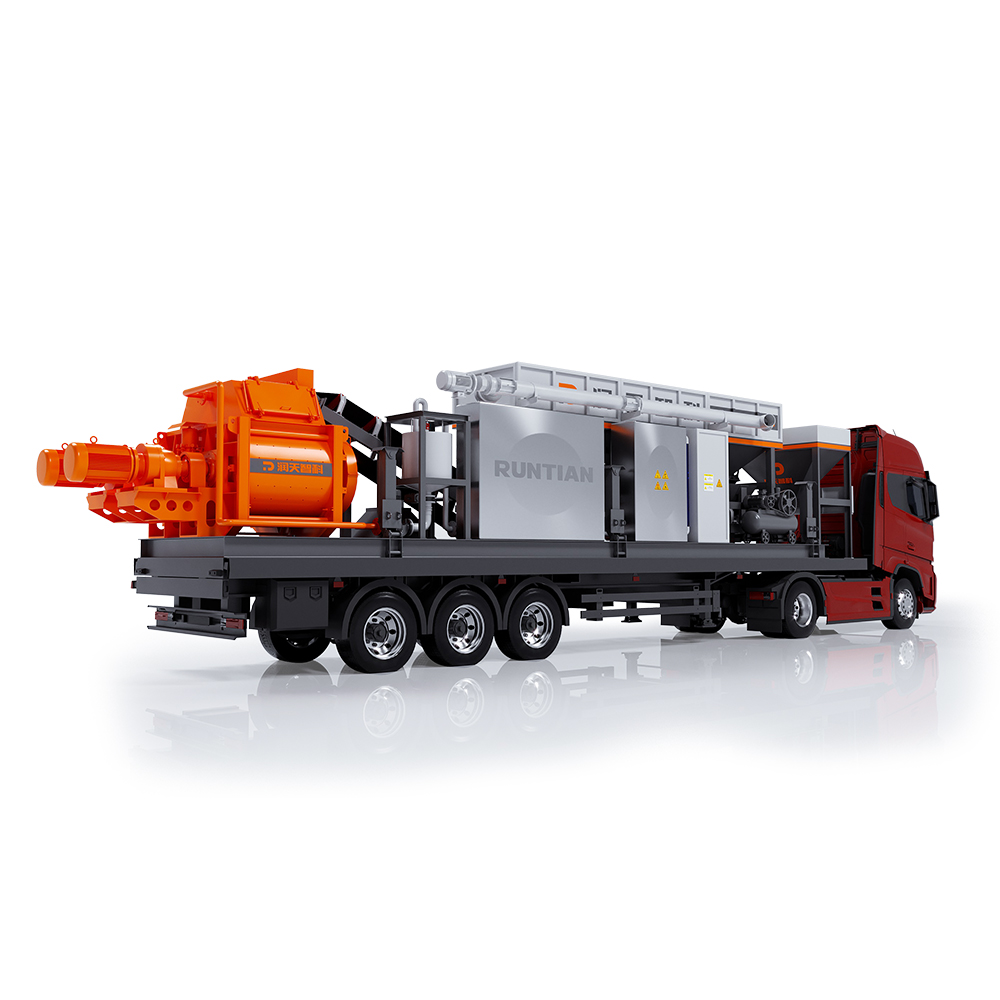 HZS60 Mobile Concrete Mixing Plant
HZS60 Mobile Concrete Mixing Plant
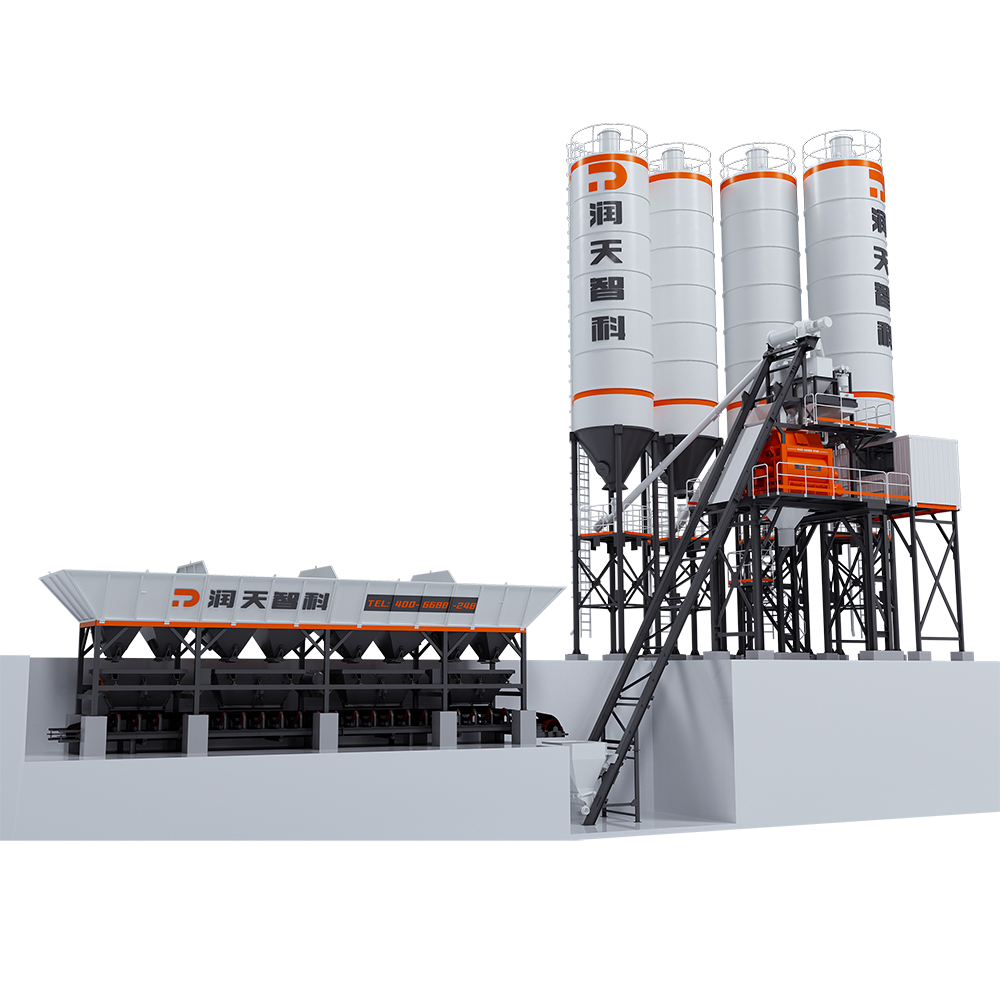 HZS Series Bucket-Lifting Type Concrete Mixing Plant
HZS Series Bucket-Lifting Type Concrete Mixing Plant
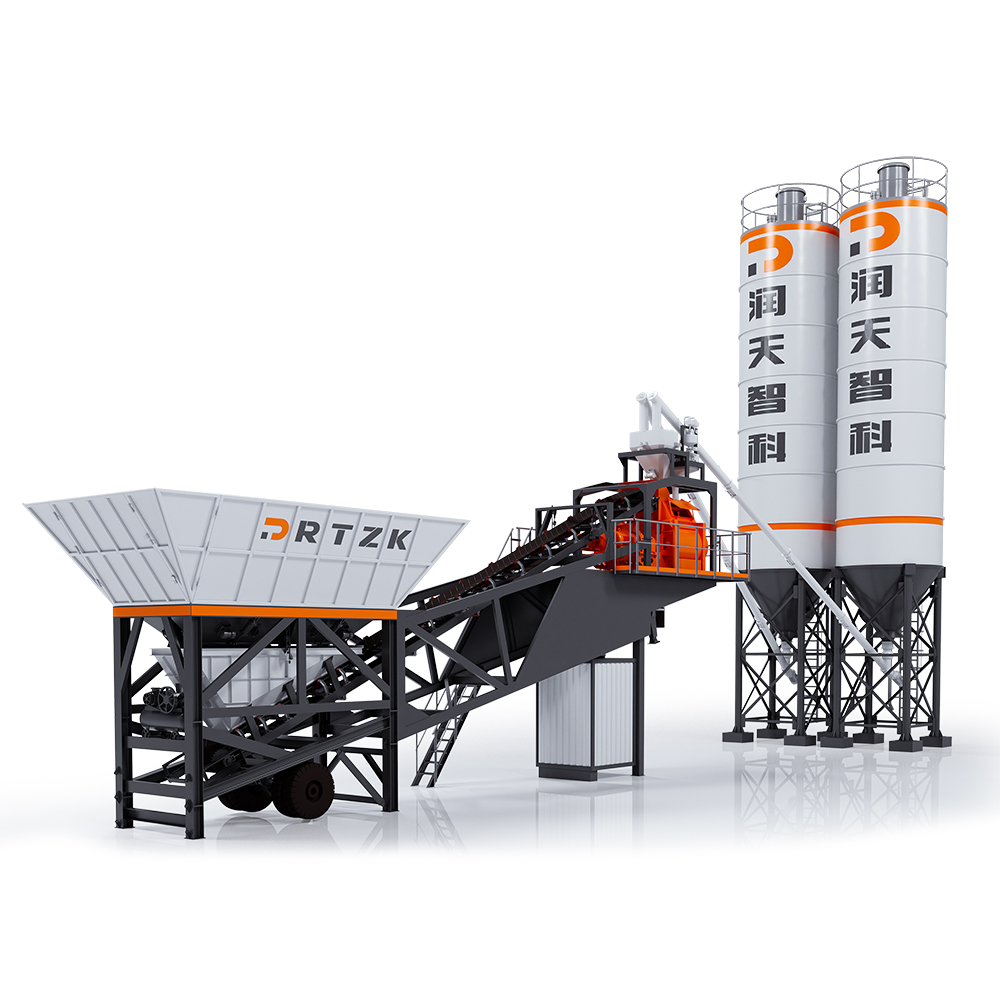 HZS Series Mobile Concrete Mixing Plant
HZS Series Mobile Concrete Mixing Plant
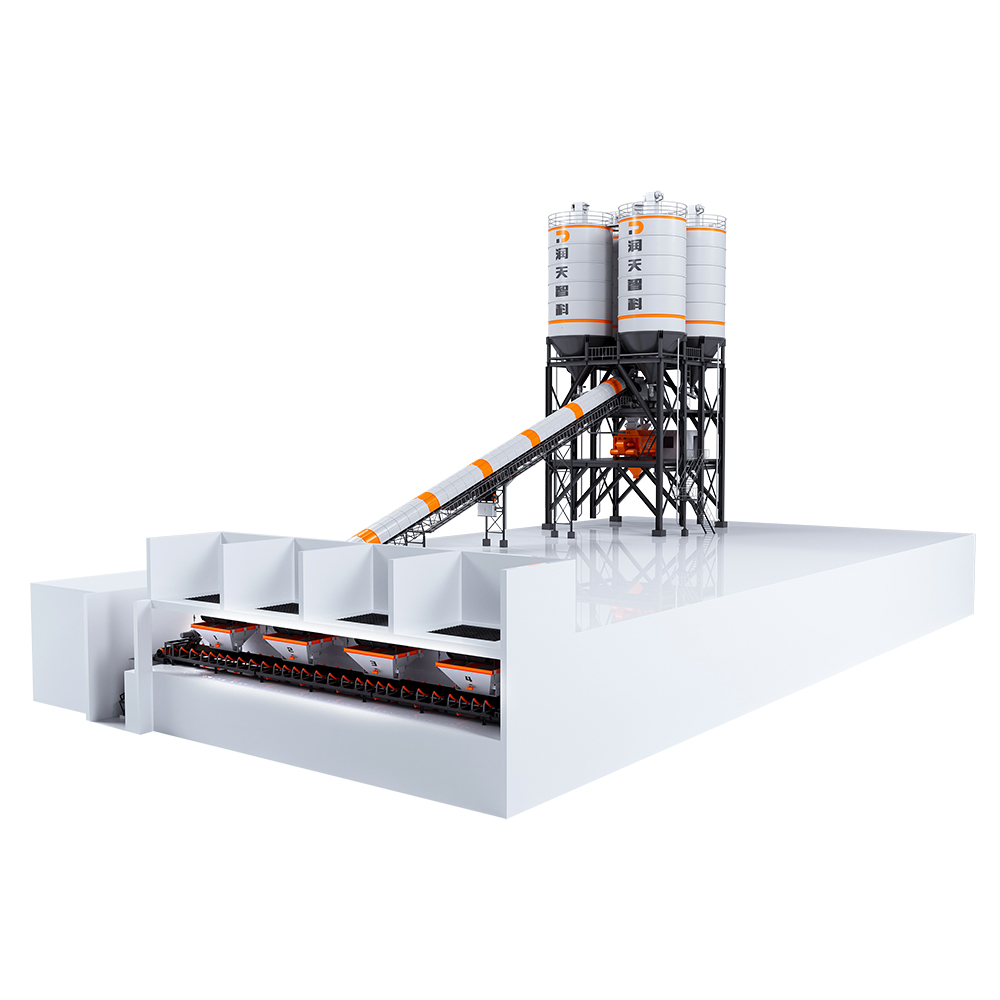 HZS Series Top-Mounted Concrete Mixing plant
HZS Series Top-Mounted Concrete Mixing plant
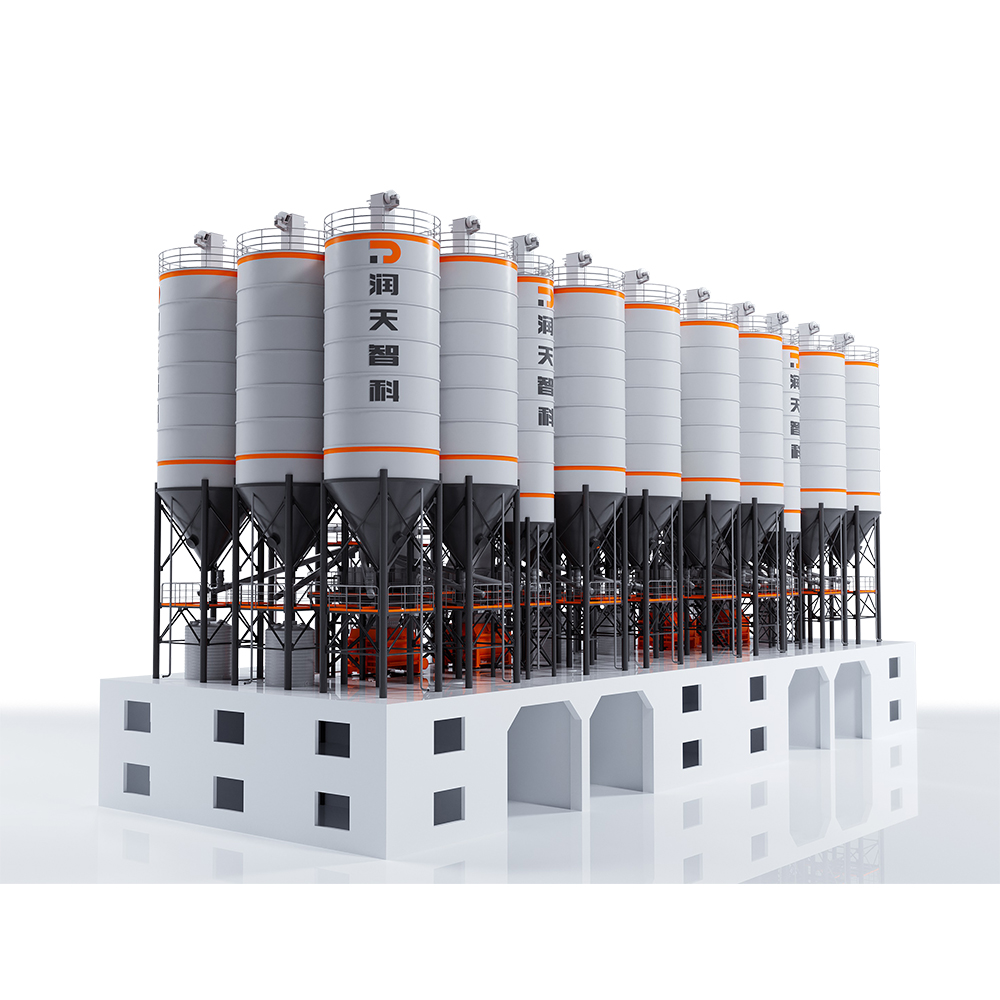 HZS Series Semi-Top Mounted Concrete Mixing Plant
HZS Series Semi-Top Mounted Concrete Mixing Plant
 Stabilized Soil Mixing Plant
Stabilized Soil Mixing Plant
 Asphalt Mixing Plant
Asphalt Mixing Plant
 Sand & Gravel Crushing and Screening Plant
Sand & Gravel Crushing and Screening Plant
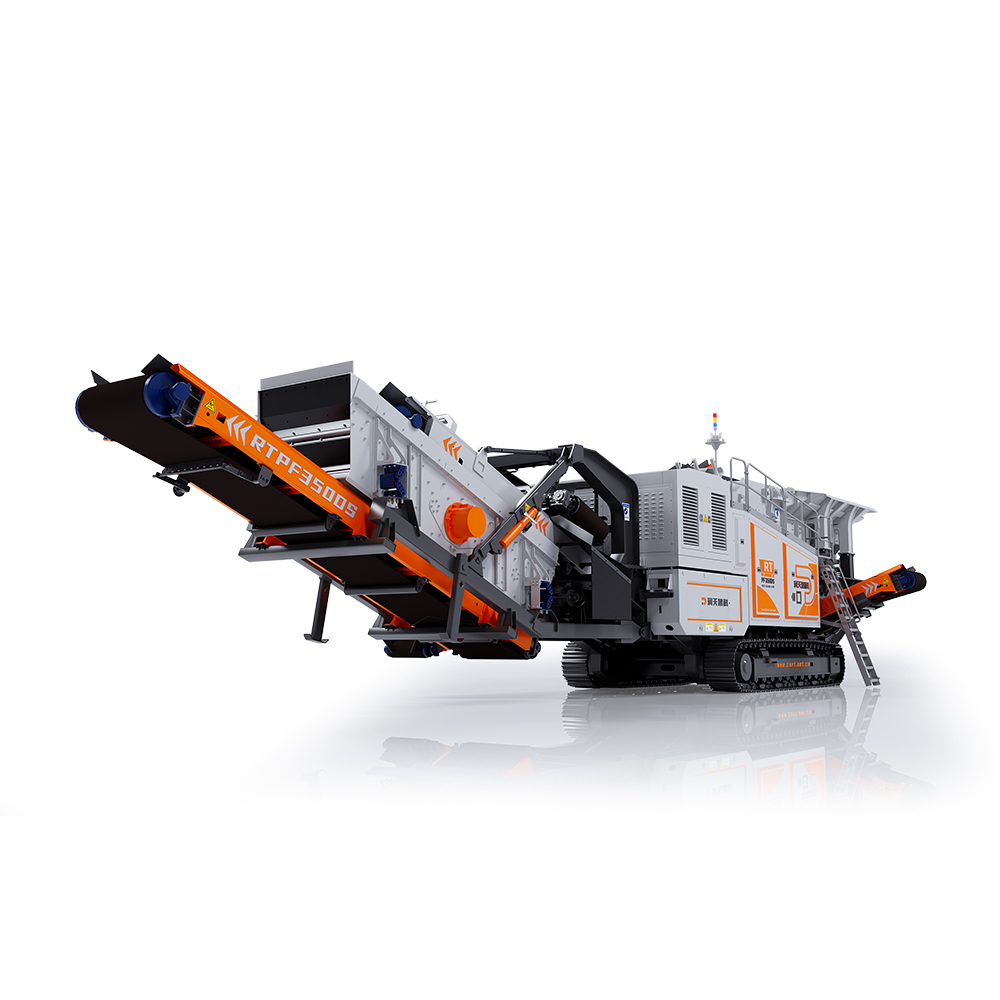 RTPF350DS Crawler Mobile Impact Crushing Plant
RTPF350DS Crawler Mobile Impact Crushing Plant
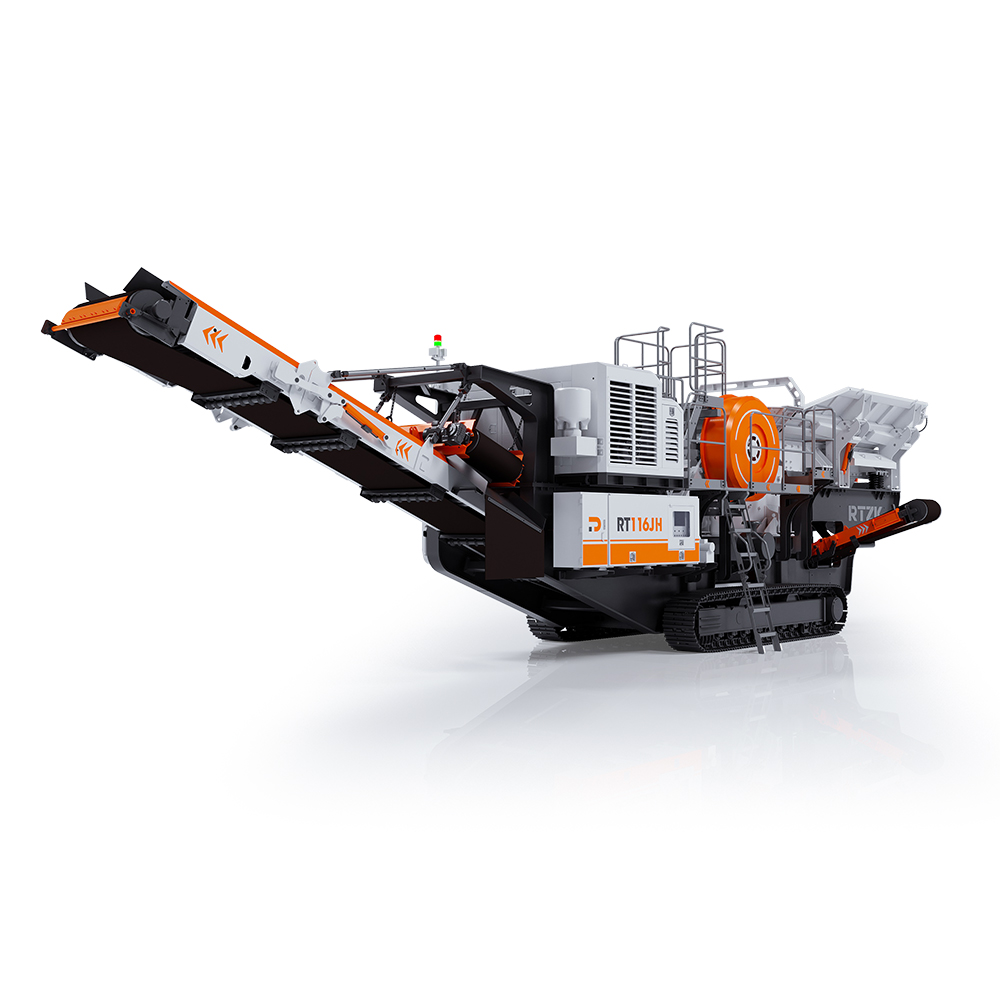 RT116JH Crawler Mobile Jaw Crushing Plant
RT116JH Crawler Mobile Jaw Crushing Plant
 RT116JE Crawler Mobile Jaw Crushing Plant
RT116JE Crawler Mobile Jaw Crushing Plant
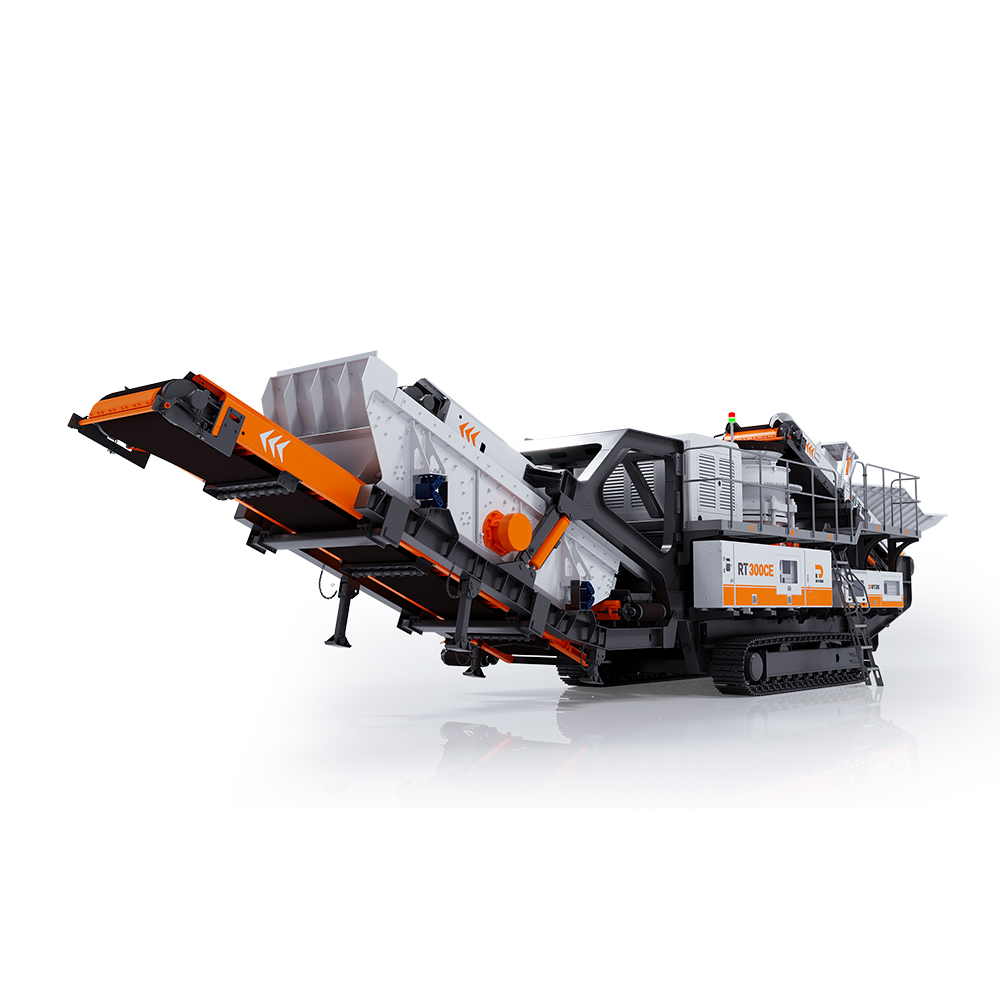 RT300CE Crawler Mobile Cone Crushing Plant
RT300CE Crawler Mobile Cone Crushing Plant
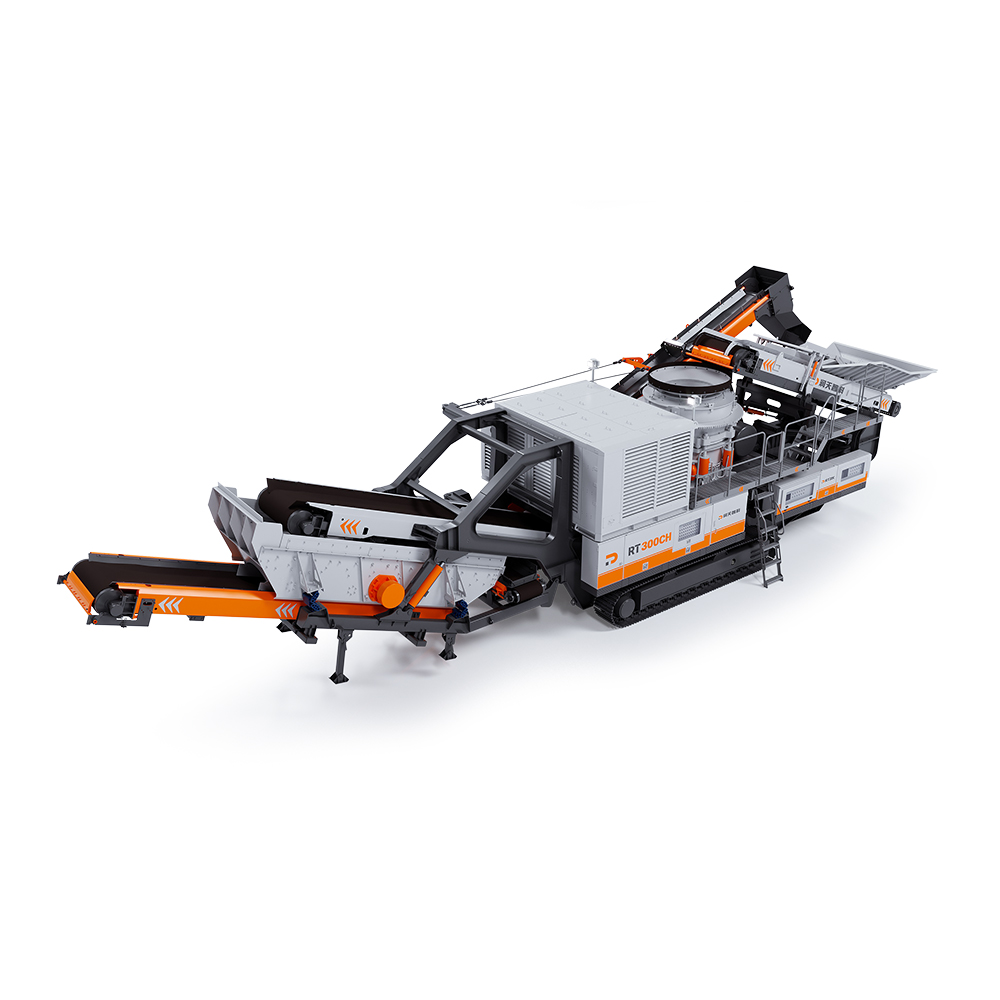 RT300CH Crawler Mobile Cone Crushing Plant
RT300CH Crawler Mobile Cone Crushing Plant
 RT5015H Mobile Scalping Screen
RT5015H Mobile Scalping Screen
 RT315VSIE Crawler Mobile Sand Maker
RT315VSIE Crawler Mobile Sand Maker
 RT3YK6020 Crawler Mobile Screening Plant
RT3YK6020 Crawler Mobile Screening Plant
 RT3YK6020M Modular Screening Plant
RT3YK6020M Modular Screening Plant
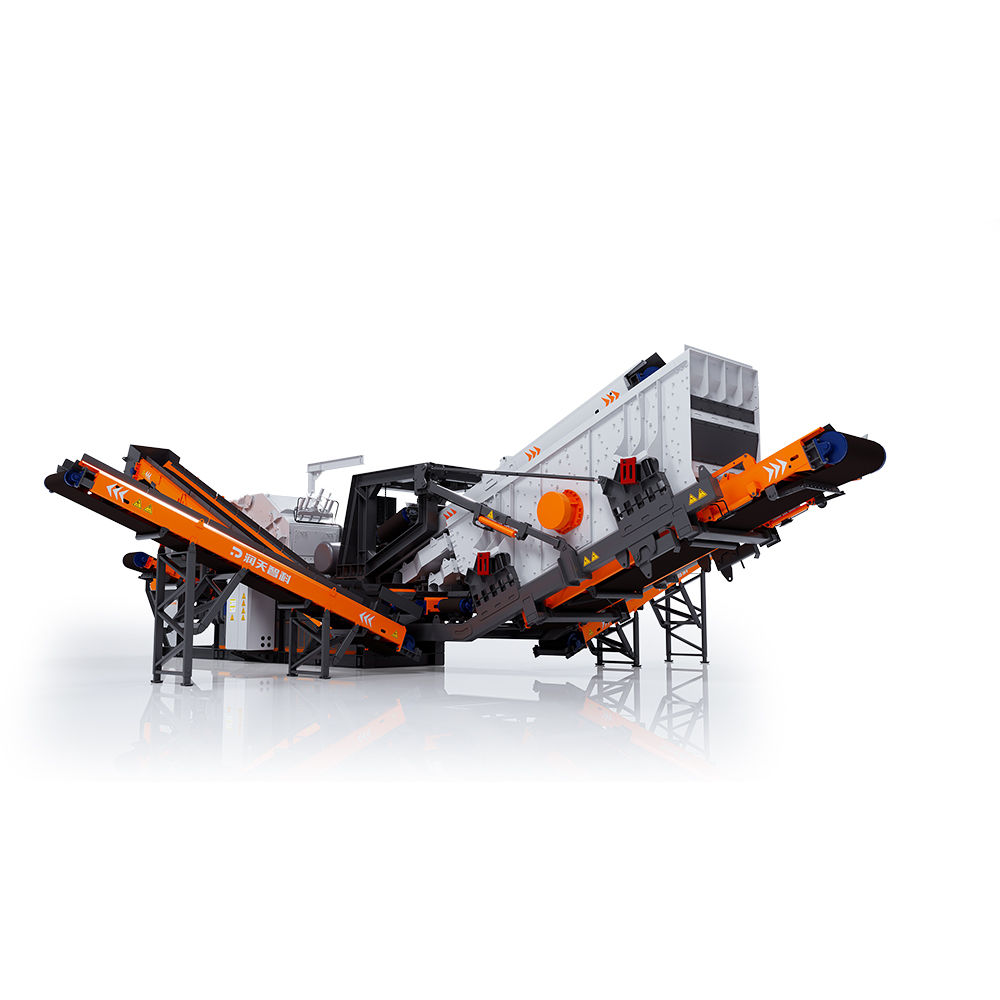 RTF260M Modular Counterattack Crushing and Screening Integrated Machine
RTF260M Modular Counterattack Crushing and Screening Integrated Machine
 RTF350M Modular Impact Crushing Plant
RTF350M Modular Impact Crushing Plant
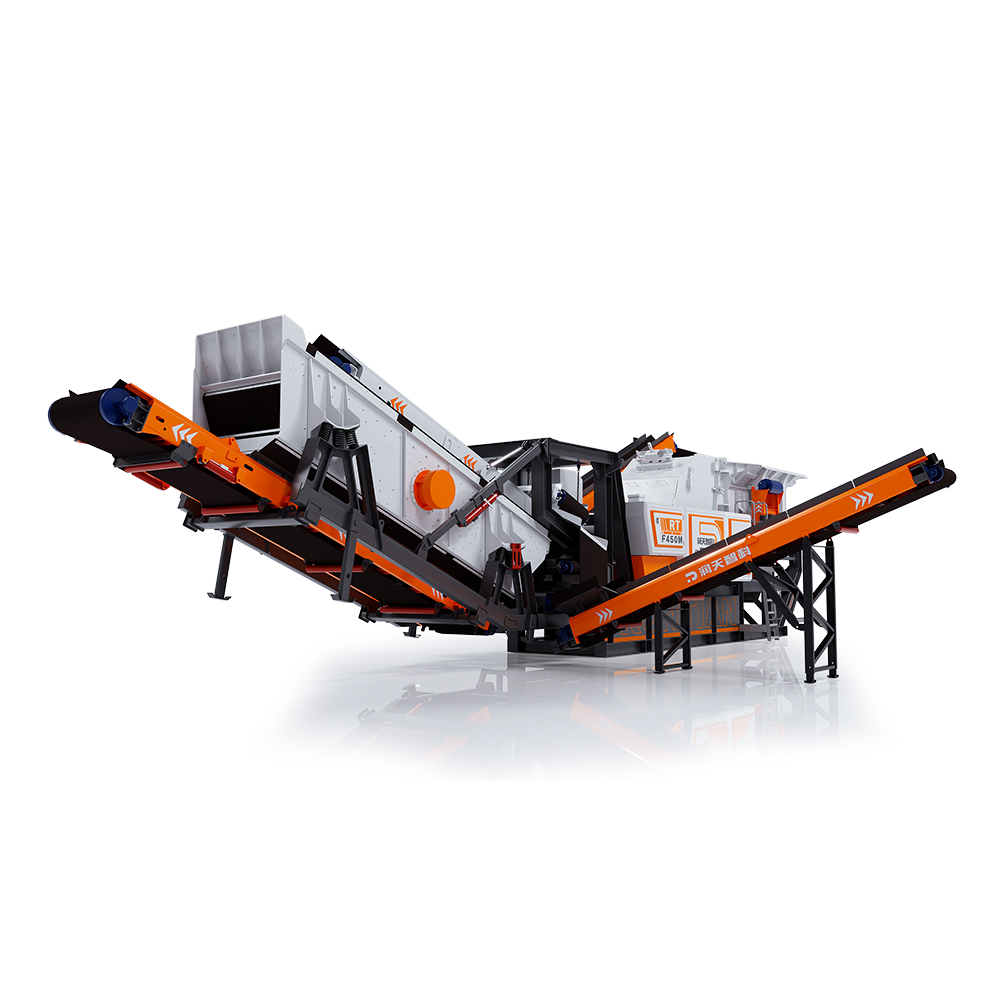 RTF450M Modular Impact Crushing Plant
RTF450M Modular Impact Crushing Plant
 Construction Waste Resourceful Treatment Line
Construction Waste Resourceful Treatment Line
Performances
Video
News
Blog
Contact Us
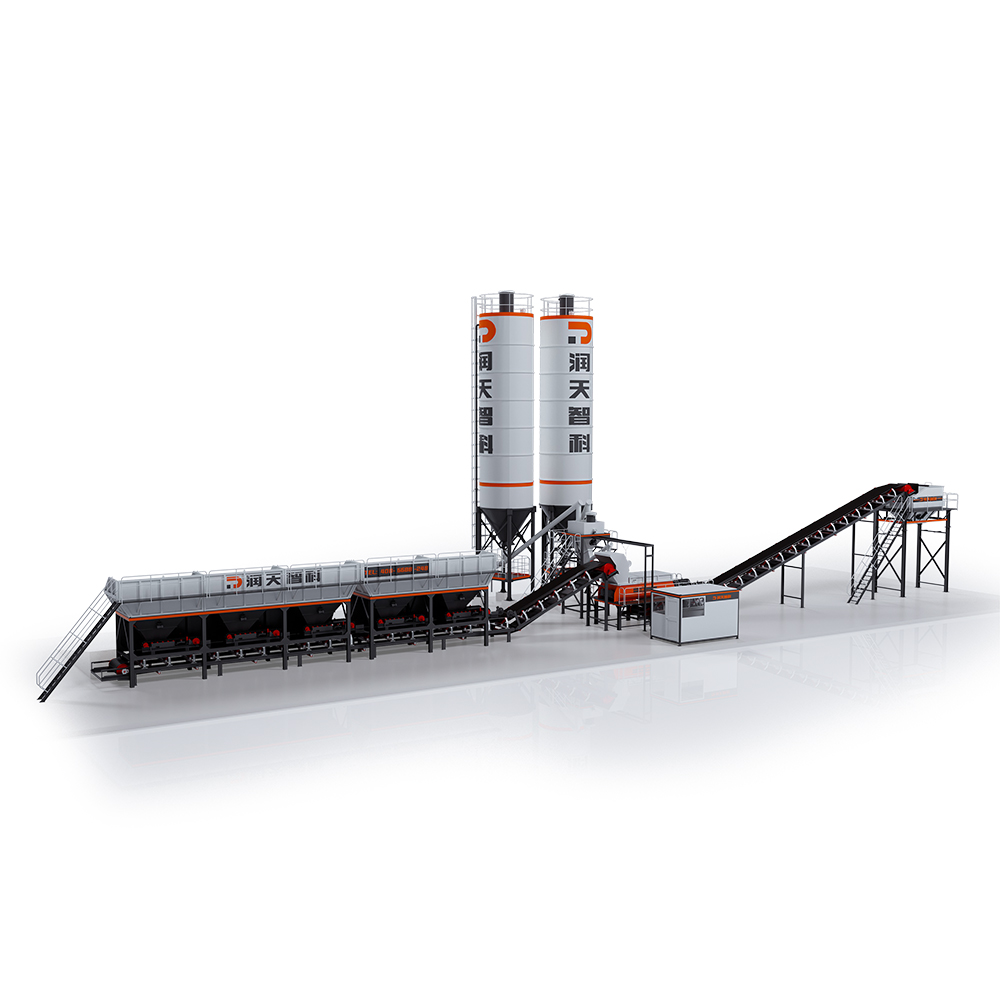 WDB Series Foundation-Free Stability Soil Mixing Plant
WDB Series Foundation-Free Stability Soil Mixing Plant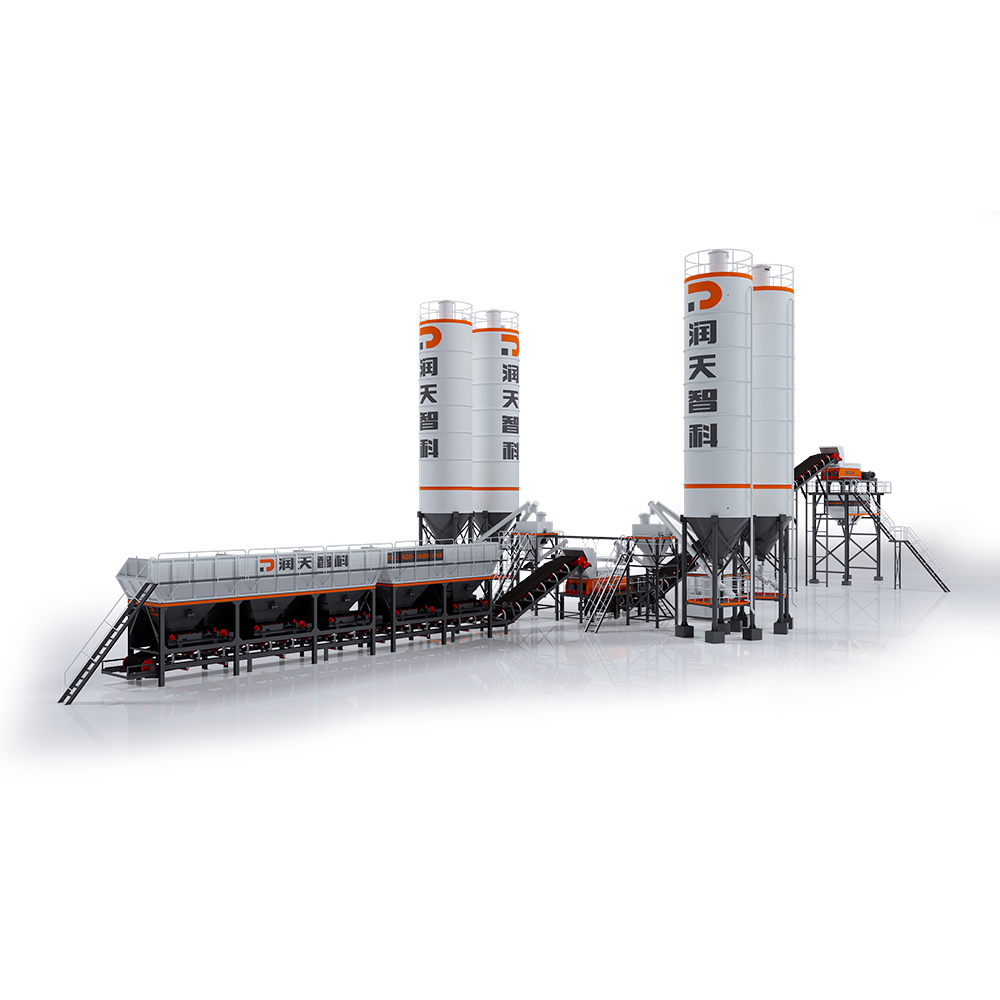 LCB Series Emulsified Asphalt Cold Regeneration Secondary Mixing Plant
LCB Series Emulsified Asphalt Cold Regeneration Secondary Mixing Plant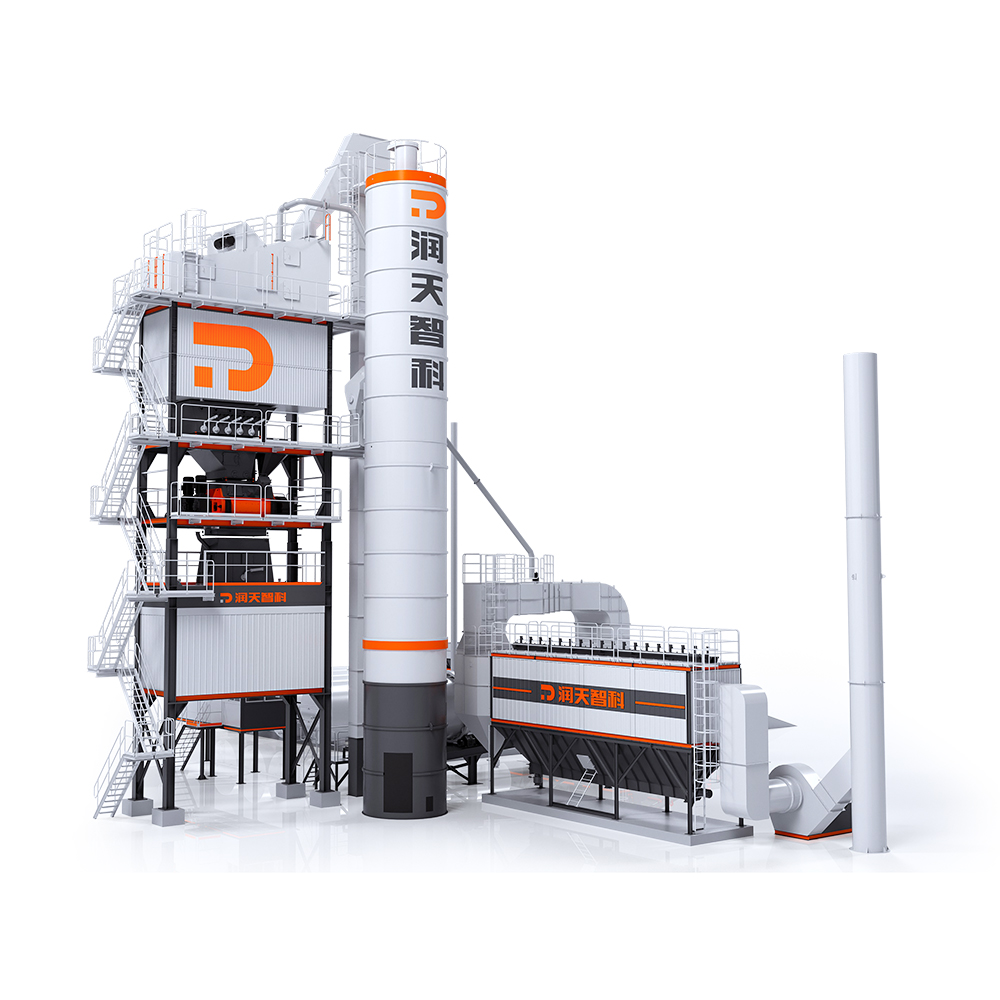 LB Series Asphalt Mixing Plant
LB Series Asphalt Mixing Plant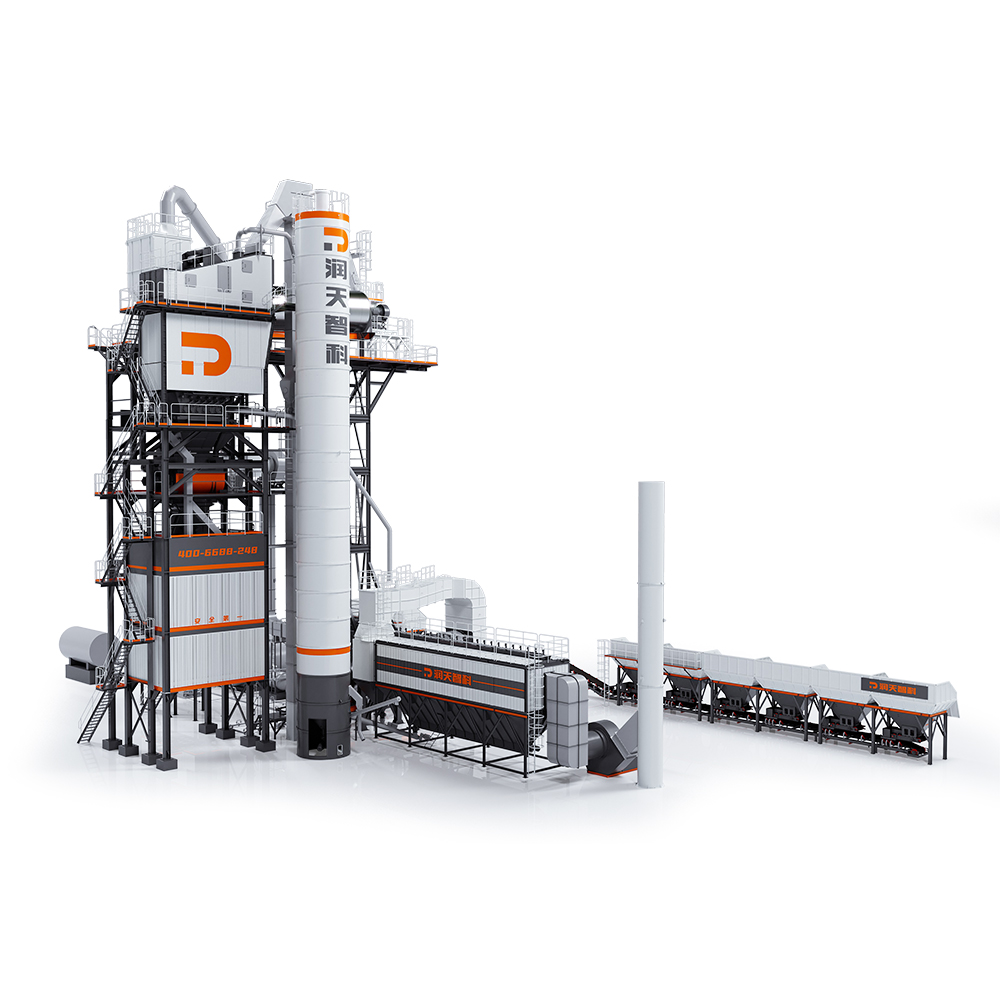 LBR Series Integrated Asphalt Mixing Plant
LBR Series Integrated Asphalt Mixing Plant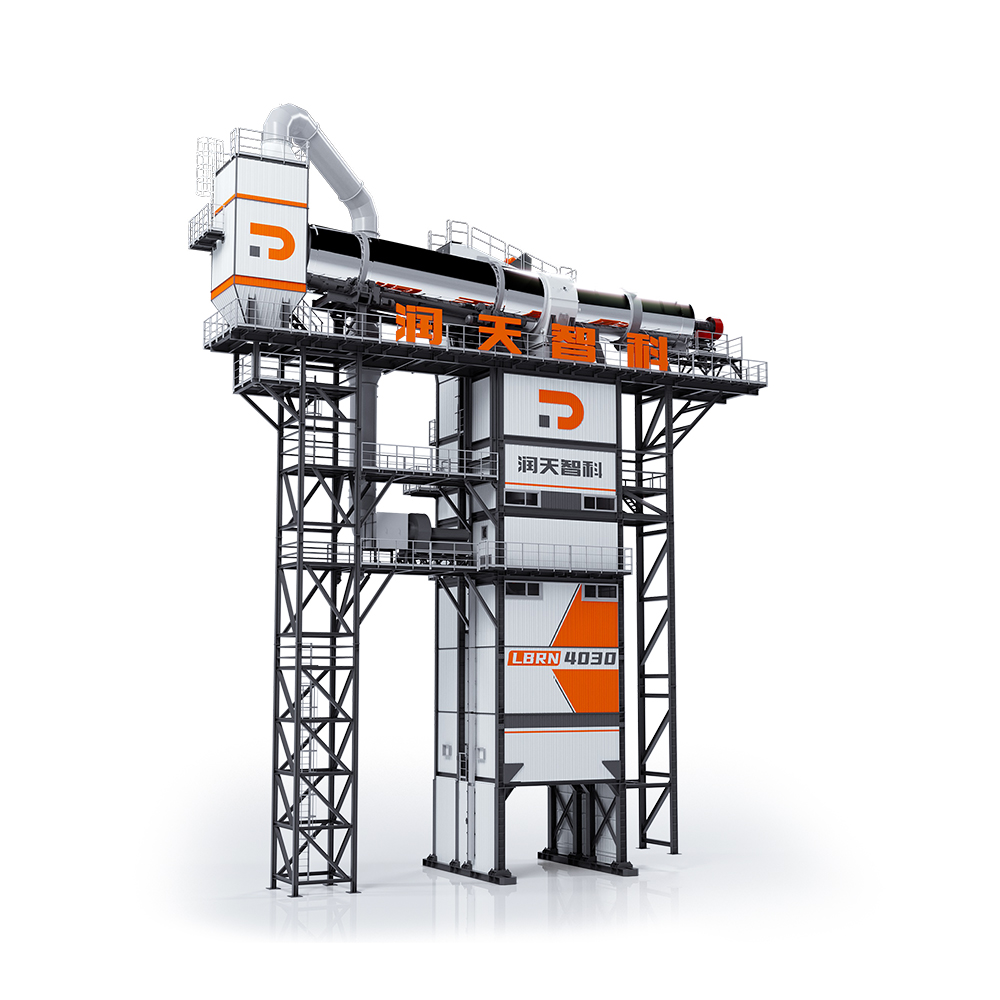 LBRN Series Counterflow Integral Asphalt Mixing Plant
LBRN Series Counterflow Integral Asphalt Mixing Plant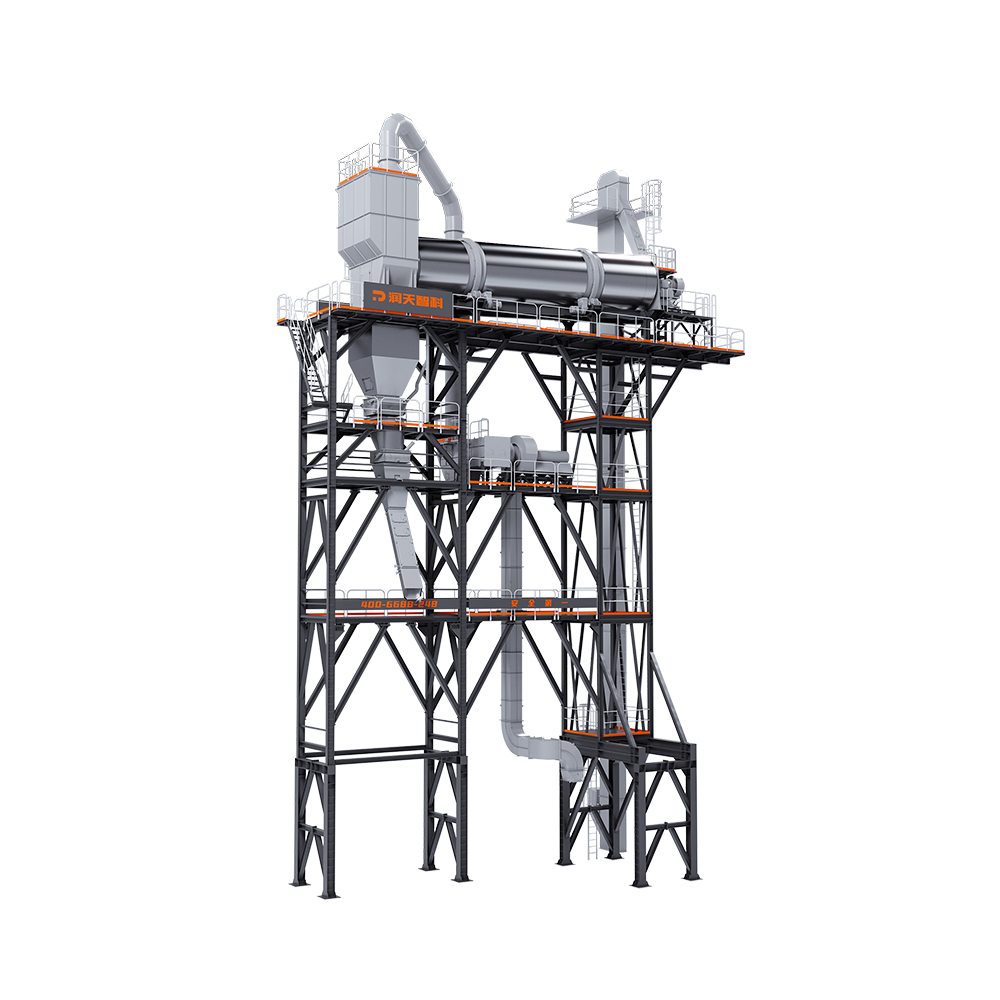 RZS Series Asphalt Mixing Plant
RZS Series Asphalt Mixing Plant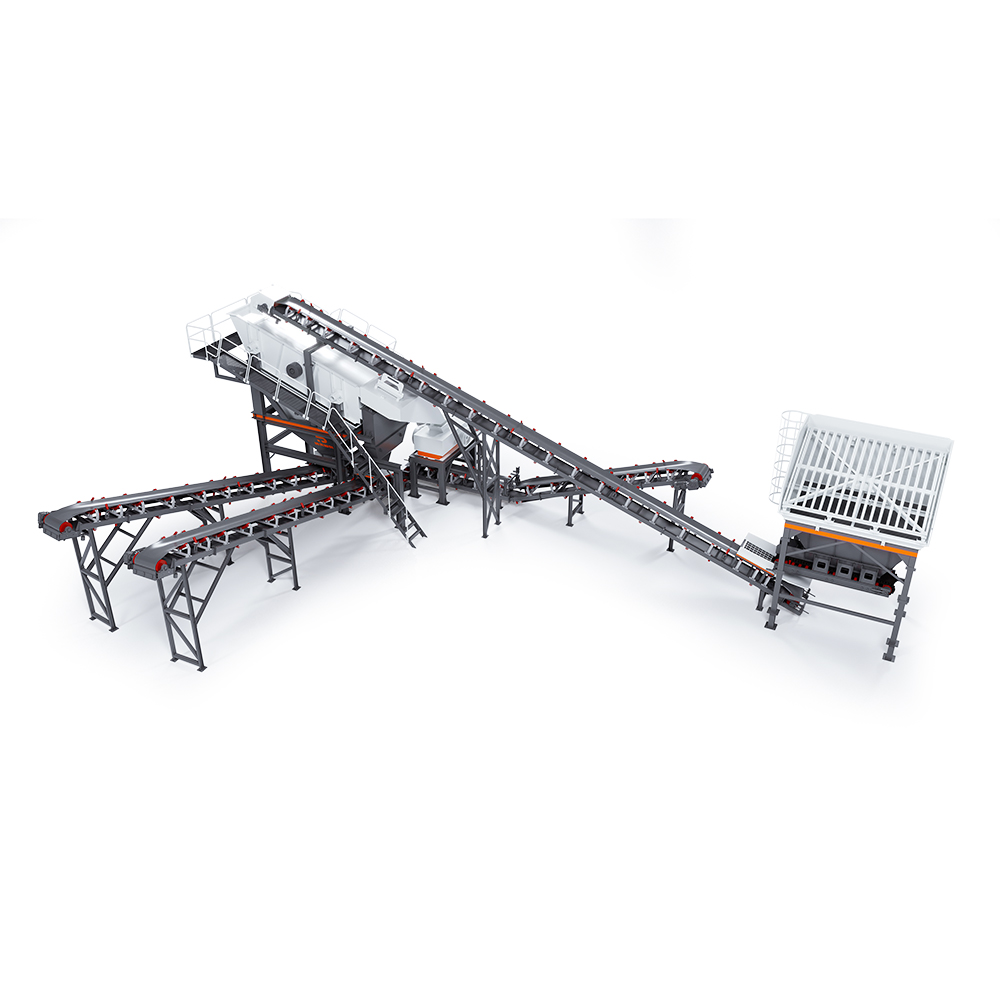 RTZS120 Series RAP Crushing & Screening Plant
RTZS120 Series RAP Crushing & Screening Plant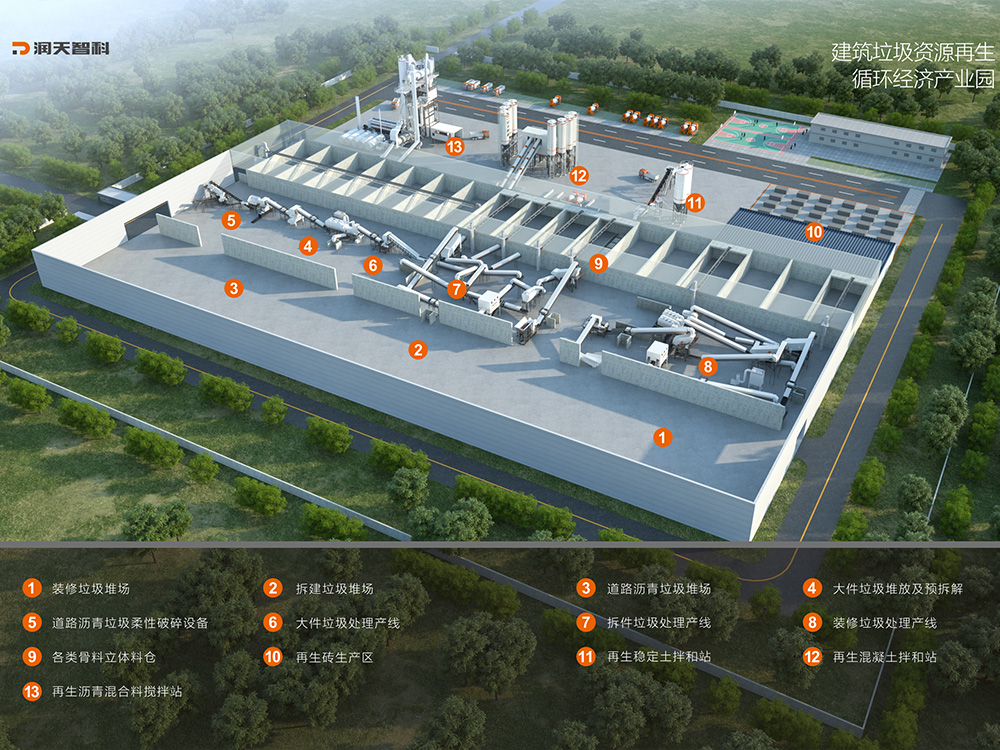 Construction Waste Resourceful Treatment Line
Construction Waste Resourceful Treatment Line